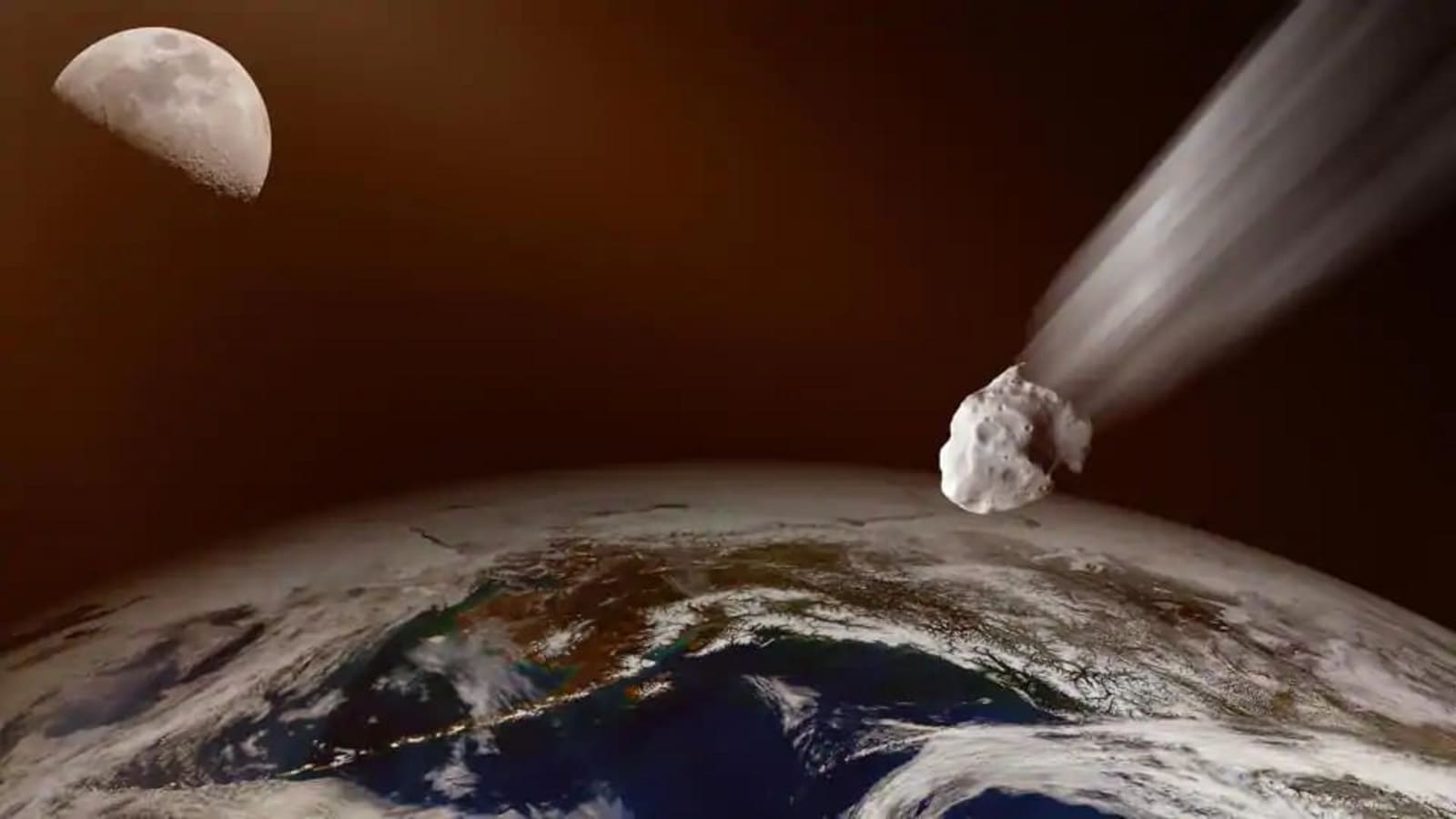The much debated phenomenon of formation of continents has got another dimension added to it. Scientists have found substantial evidence to support the theory that giant meteorite impacts were responsible for the formation of continents. The theory was long discussed in scientific circles, but lacked observation to support it.
The study published in Nature journal found that Earth’s continents were formed by gigantic meteorite impacts that were predominant during the first billion years of the planet’s four and a half billion-year history. These meteorite impacts generated massive energy to form oceanic plates, which later developed into continents, the research concluded. What is the significance of this research? Dr Tim Johnson, from Curtin’s School of Earth and Planetary Sciences was quoted stating the significance of the research by ANI, he said, “Our research provides the first solid evidence that the processes that ultimately formed the continents began with giant meteorite impacts, similar to those responsible for the extinction of the dinosaurs, but which occurred billions of years earlier.
” What is the current study? The researchers searched for evidence in zircon crystals ingrained in rocks from the Pilbara Craton in Western Australia. The Pilbara craton comprises some of the Earth’s oldest, well-preserved rocks and fossils. According to NASA , “Formed between 3.
6 billion and 2. 8 billion years ago, the rocks of the Pilbara Craton in Western Australia are some of the oldest on Earth. The iron-rich rocks here began forming before there was oxygen in Earth’s atmosphere or even life itself”.
And Zircon crystal becomes a key element in the study because it helps the scientists to determine the age of rocks. “Zircons can survive processes like erosion, transport and metamorphism, so they preserve a record of past geological processes”, Geoscience Australia ’s website reads. The researchers inspected the variants or isotopes of oxygen, oxygen-18 and oxygen-16, within these crystals.
The ratio between the two variants served scientists to estimate past temperatures. They found out that the older grains of zircon owned the lighter oxygen-16. The younger ones contained the heavier oxygen-18.
Dr Johnson explaining the result of the experiment said, “Studying the composition of oxygen isotopes in these zircon crystals revealed a ‘top-down’ process starting with the melting of rocks near the surface and progressing deeper, consistent with the geological effect of giant meteorite impacts,” mentioned ANI. This suggests that the giant meteorite hit Earth and melted the outer shell of the Earth . The impact released the pressure on the underlying mantle, melting it and creating an oceanic plateau.
Dr Johnson compared the situation with a lump forming after being knocked on the head by a stone or a cricket ball. What are some alternative theories of Continent formation? The generally recognized theory in place right now is Continental drift theory. Proposed by German scientist Alfred Wegener , long back in 1915, attributed the phenomenon of continent formation to the movement of tectonic plates .
The theory claimed that a part of the crust is capable of horizontal movement round the globe, causing the continents to slowly shift their positions in relation to one another. It is supported by the observations that South America is a mirror image of Africa, the same fossil evidence on different continents, glacial deposits and others. Holding that forces like buoyancy, tidal currents and gravity are too weak to move continents, as stated by Continental drift theory, geologist Harry Hess submitted the hypothesis of sea-floor spreading.
It stated that basaltic magma, molten rock that is enriched in iron and magnesium and low in silica, rises from the mantle to create a new ocean floor at mid-ocean ridges. Mid-ocean ridge is an raised region with a central valley on an ocean floor at the edge between two diverging tectonic plates. As the technology advanced, making possible for deeper exploration, the theories of continental drift and seafloor spreading got positive scientific data in support.
The two theories were merged to develop the modern plate tectonic theory. The theory maintains that the crust and uppermost mantle is segmented into several solid, rigid slabs. These slabs move slowly over the underlying zone of Earth’s mantle that is hotter and more fluid.
New oceanic crust is created at the crests of the mid-oceanic ridges and gets cooled when pushed sideways by new piles of crust. Meteorites impact other planets too, so why is such a phenomenon exclusive to Earth? Earth is uncommon among the planets and also from our moon that its outer surface is divided into rigid slabs, which were called tectonic plates by Wegener in his continental drift theory. While their surfaces exhibit evidence of recent deformation, neither planet has a surface divided into plates.
Dr Johnson explains, “If the oceanic plateau gets big enough, it can melt at its base to form granite, which is what the continents are made of. ” However, Granite requires both water and energy to form. So, even though other rocky planets, also our moon, have had a history of meteorite impacts, they had little or no water by the time the flux of effects declined, he stated.
SHARE THIS ARTICLE ON Topics earth sciences life on earth earth sciences life on earth Subscribe to our best newsletters HT Daily Capsule Pick a topic of your interest and subscribe All Newsletters Subscribe Subscribed to newsletter successfully Thank you for subscribing to our Daily News Capsule newsletter. Close Story Personalise your news feed. Follow trending topics Done TRENDING TOPICS Raksha Bandhan 2022 Horoscope Today TS EAMCET 2022 Result Raksha Bandhan 2022 Wishes Goa Panchayat Elections 2022 Result India Covid cases.

